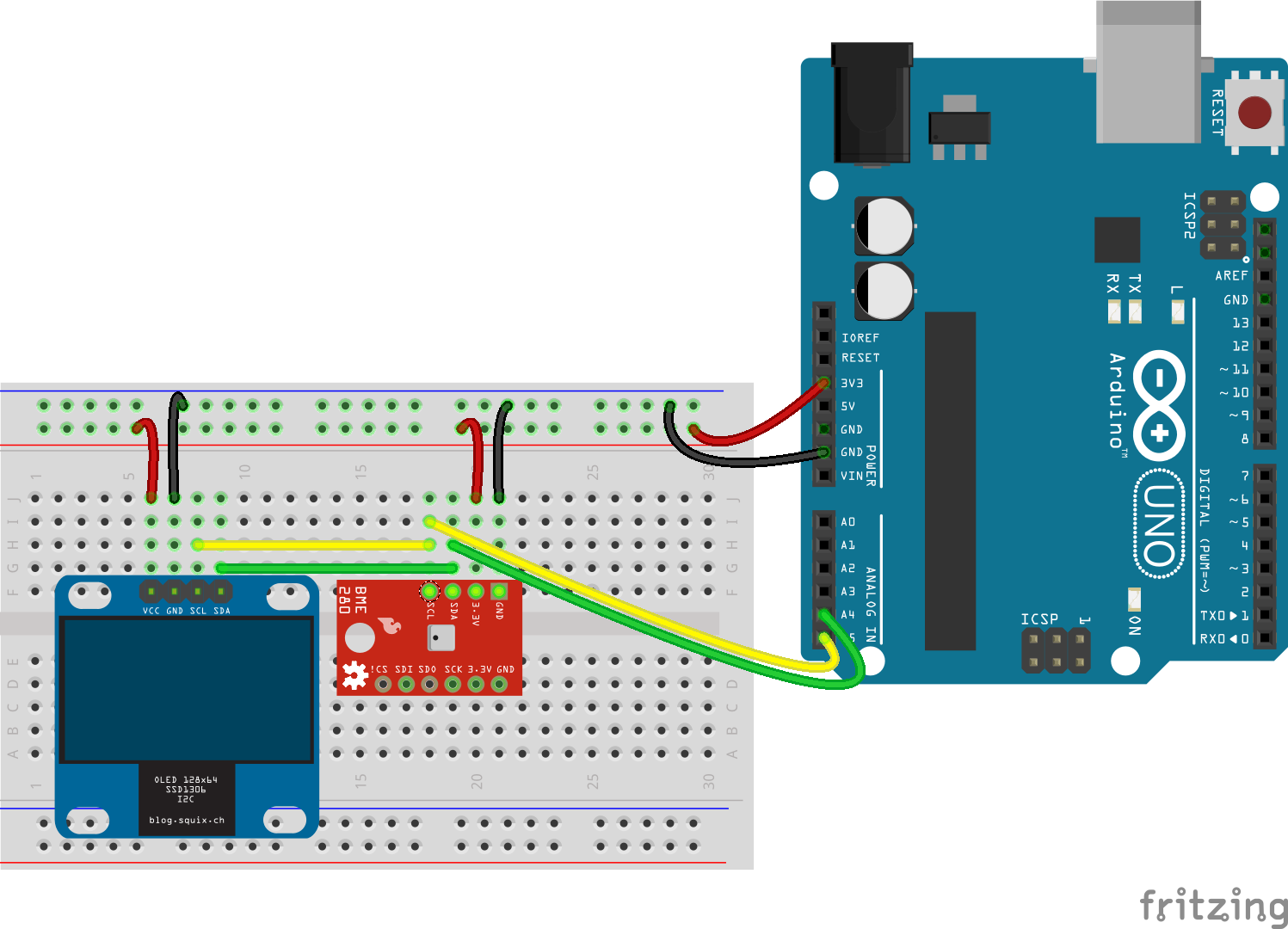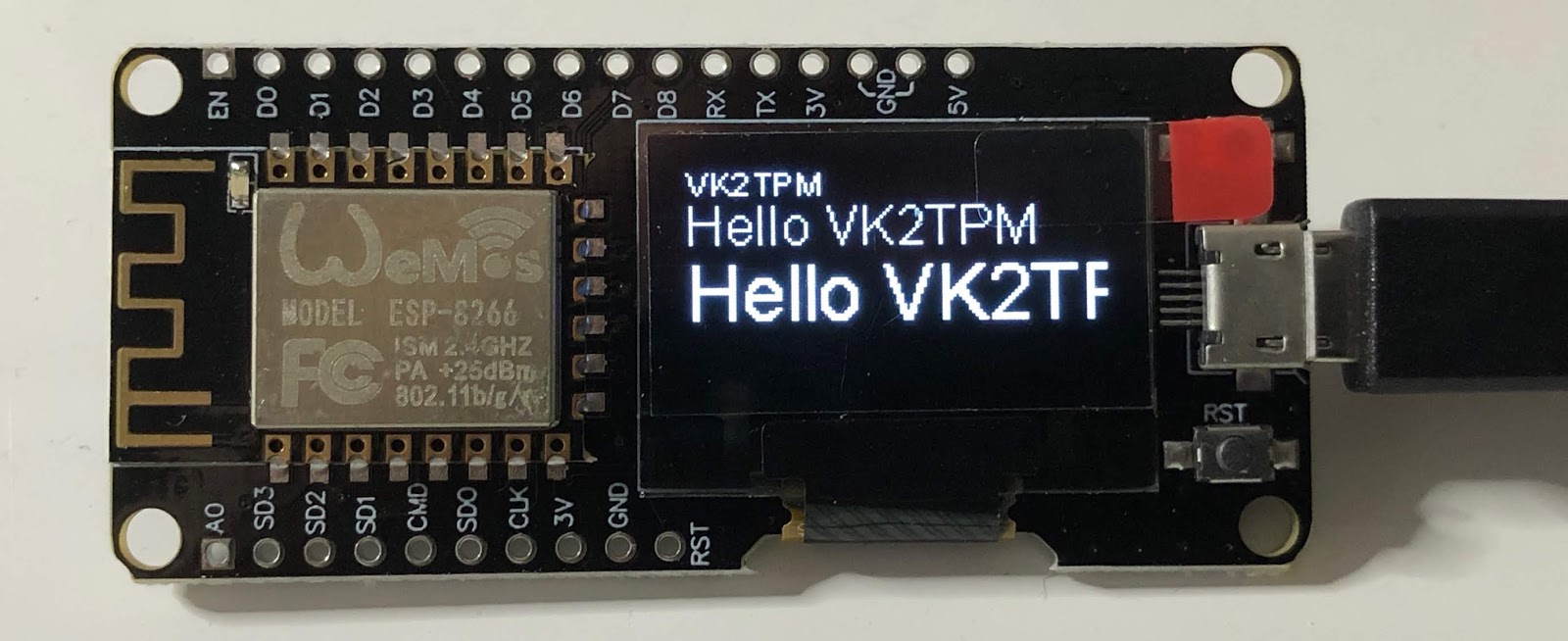
#Arduino libraries how to
The wiki refers to a few examples, which describe how to initiate such communication. According to the wiki, the upper limit is up to 20,000 commands per second. Our second option is that we write commands continuously and in rapid pace. Thus, you can avoid the need for real-time hardware. You will learn that you can send batch commands to the drive’s buffer, and the IONI will read and run commands from it. Unfortunately, there wasn’t much information it was brief and incomplete. Next, I looked at everything I could find for the IONI drive and checked the entire wiki for the SimpleMotion protocol. In my case, I studied how the RS485 bus works. Before we beginīefore we start porting the library to the new platform, we need to gather as much information as possible.

It’s available as open-source on their GitHub. So I dug deeper and found the SimpleMotion protocol library. However, it only runs on some platforms, and especially for our application, where we need to read data in real-time very often, it is unusable. This application allows you to set the drive parameters. This company develops for their IONI drives a tool called Granity. RS485 only defines the transmission line’s physical parameters, and it is up to you how you transmit the information. Communication takes place via the RS485 bus and the company’s proprietary communication protocol, SimpleMotion. In our project, we use the IONI by Granite Devices.

I need to read real data from the servo and correct its movement if I find out that the movement deviates from the norm. Communication must take place very quickly, several hundred times per second. I need to bring up communication with the drive that controls the servomotor. To sum it up, I believe exploring application programming for real-time operating systems is worth it, so I will definitely look into it in the future. Unfortunately, it doesn’t have the Raspberry Pi in the list of supported platforms. Besides, there’s a project I’ve been personally interested in for a long time - The Zephyr Project. I can’t guarantee it would run on the latest RPi4. I found some information that FreeRTOS from Amazon should be supported on it, but the information was for the RPi2. However, I did not currently find anything for the Raspberry Pi. You have more memory, a more mature system, a more powerful processor, and a full-fledged implementation of the C/C++ language, or even others such as Rust or Python/MicroPython. These were designed to run time-critical tasks, which makes building applications easier. Naturally, there are also real-time operating systems. Thus, you have much more control over how to run a time-critical code.
#Arduino libraries code
The microcontroller has no operating system on top of it your code runs directly on it. In short, some pulses were not caught because another task was running under Linux for a fraction of a second, and the conversion from pulses to engine speed fluctuated by an order of magnitude give it or take 100 revolutions. I was convinced of this already when we made a stopwatch for firefighting competitions on it, and it turned out that RPi was not able to receive a stable flow of pulses. The Raspberry Pi may be much more powerful, but it doesn’t support applications that must be running in real-time. The microcontroller can guarantee that a critical task will be executed regularly, for example, via interruptions. Last but not least, these chips are relatively inefficient they have barely 2 kB of memory, but they are interesting to us since they allow us to program applications running in real-time. Otherwise, you will not be able to print “Hello, world.” into the console.


The authors have also defined the essential functions that you must use in your programs, when you code using this framework. It is a framework, which supports multiple development boards across different CPU architectures - MIPS, ARM, RISC. Notably, Arduino is not just another instruction set architecture. The library’s authors mentioned that porting to new platforms, including microcontrollers, shouldn’t be difficult, but Arduino is quite peculiar. I had to bring the C library, written for Windows, Linux, and macOS platforms, to the Arduino platform. My task was much easier, but I still learned a lot.
#Arduino libraries software
I’ve always admired people who develop emulators for older (but also new) game consoles, do reverse engineering, or write software on the console without access to the devkit. Imagine that the software that was not written for your device suddenly runs on it. Porting software to new architectures or platforms has always appealed to me.


 0 kommentar(er)
0 kommentar(er)
